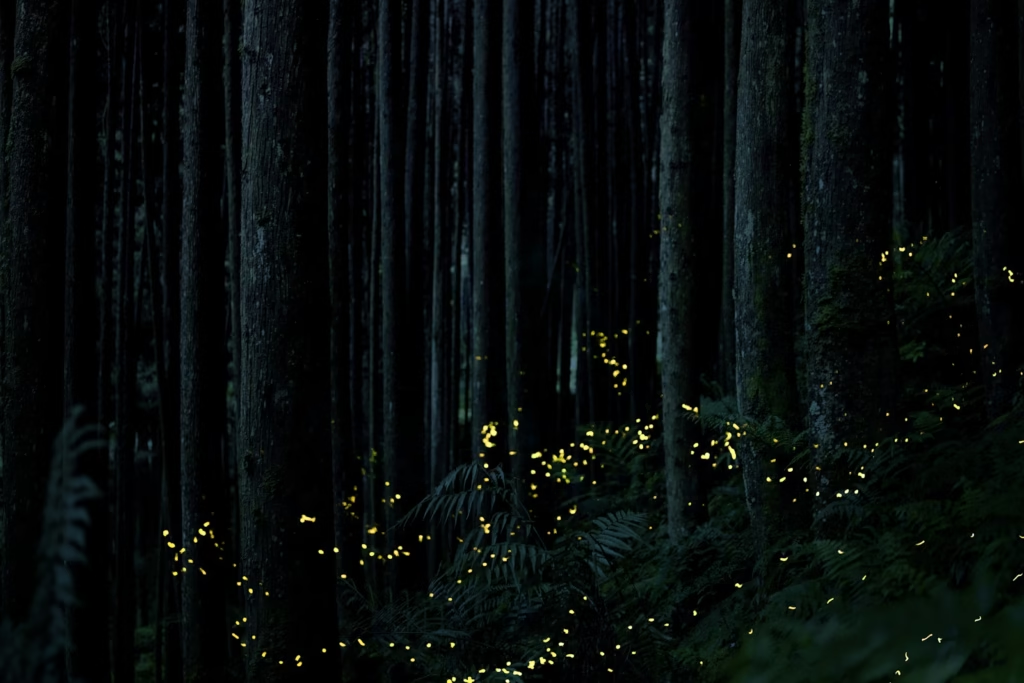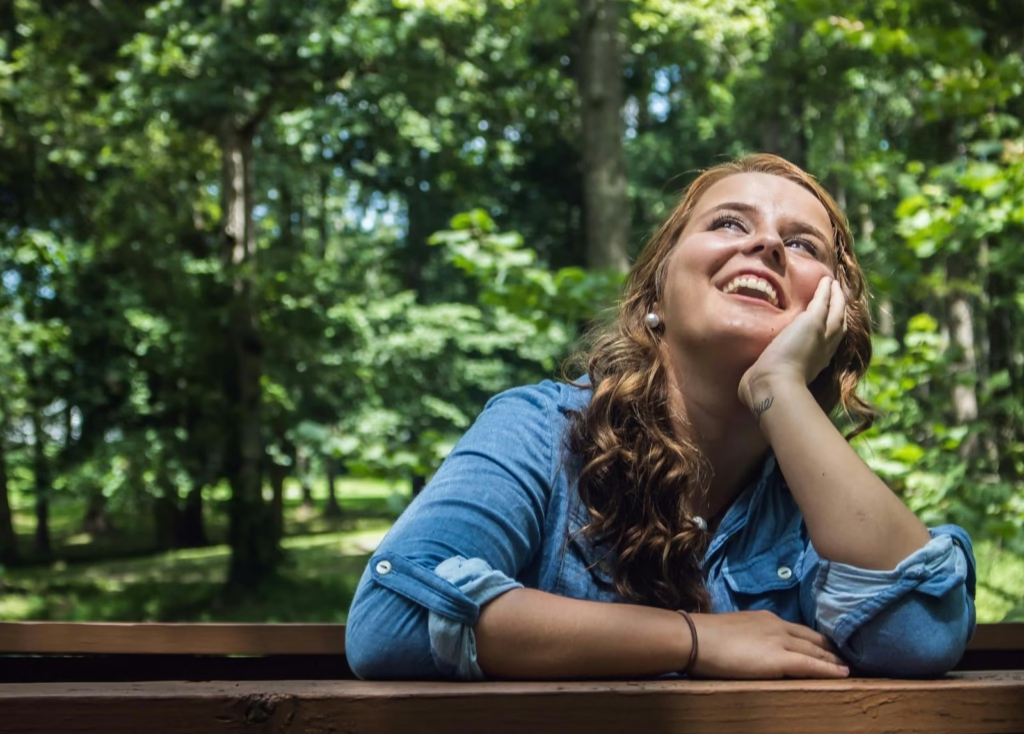As someone who moved to the country over 10 years ago, the stereotypes around being queer in the country get under my skin. It came up during research and interviews for my book, then again on Dan Savage’s podcast, when he told listeners to pray for him and his husband during their rural red state road trip. I can’t you which episode, I was binge listening through workouts while dog sitting in rural Columbia County.
Dan was joking. I can take a joke, and I’ve had my fair share of fears while driving through rural red places.
But today I want to pick at the assumption underlying these jokes and fears that rural places are unsafe and unwelcoming for queer people.
That’s just not true.
Rural places can be unwelcoming and unsafe for queer people, but so can cities:
In fact, almost all the microagressions I’ve experienced have taken place in cities that regularly top the “best places for gay travelers” lists.
Places like New York, Boston and Seattle.
A couple misgenderings in Seattle doesn’t make Seattle a hotbed of bigotry, but we balk at applying this logic in reverse, to rural places.
I have a few guesses as to why.
Some city people fled closed-minded small towns to find acceptance in the city.
Me too, boo.
But it’s reductionist to layer the bias they experienced while growing up, sometimes decades ago, onto every rural space they encounter.
I grew up in a super homogenous suburb I could not WAIT to flee, but I don’t presume every suburb is like mine!
Ranking and judging tends to be woven into the urban queer experience. Like the married gay man who described his city pastimes as:
“going to bars, bitching about how bad we have it in comparison to other cities, or judging people based on what they are wearing.”
Gotta be honest, this hit home for me. Growing up, I was the smart misfit who spent a lot of time judging people around me for being basic. When I found myself surrounded by people who were more accepting of difference than my sheltered peers growing up, I stopped judging everyone and everything so harshly.
Then there’s an “urban bubble” effect, where the safety cocoon of inclusive cities makes stepping outside of them scary for folks who’ve gotten used to certain social norms.
There’s a story I share in my book about a trans guy whose friends got super scared when he visited Arkansas. They told him it was “Deliverance country” and made him check in.
He ventured into rural Arkansas and found the warmest welcome there. It made me tear up! You’ll have to wait for the book to read the rest.
City people stick out when they visit rural places, which can attract extra attention they perceive as unwelcome, because that’s the narrative they’re expecting.
Often, it’s just because they look or act different from local people.
I’ve been living in the Hudson Vally for 11 years now and people sometimes assume I moved up from the city yesterday because of my age and aesthetics. Trust me, no ex-Brooklynite has as much Eddie Bauer as I do.
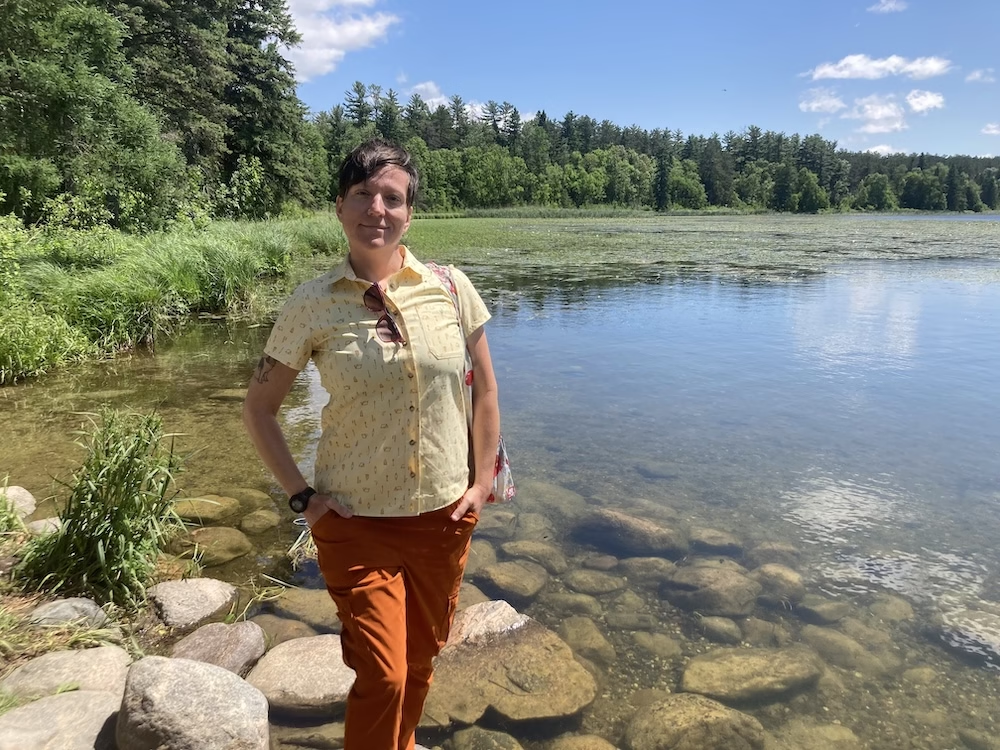
As historian Hugh Ryan wrote, positive rural queer experiences rarely receive media attention. What gets buzz are the violent stories that reinforce the myth of rural danger.
What happened to Matthew Shepard is horrible. It’s forever linked with Wyoming in my mind. But you know who else lives in Wyoming? Ru Paul and his husband.
Wyoming is both the place of a heinous hate crime and home to one of America’s most famous gays. Acknowledging this complexity — that places have multiple stories, some affirming and some terrifying, both of them true, neither complete — is the first step toward telling new rural queer stories.
Ones that don’t center queer fear. Ones that center queer nature, community, and ties to place.
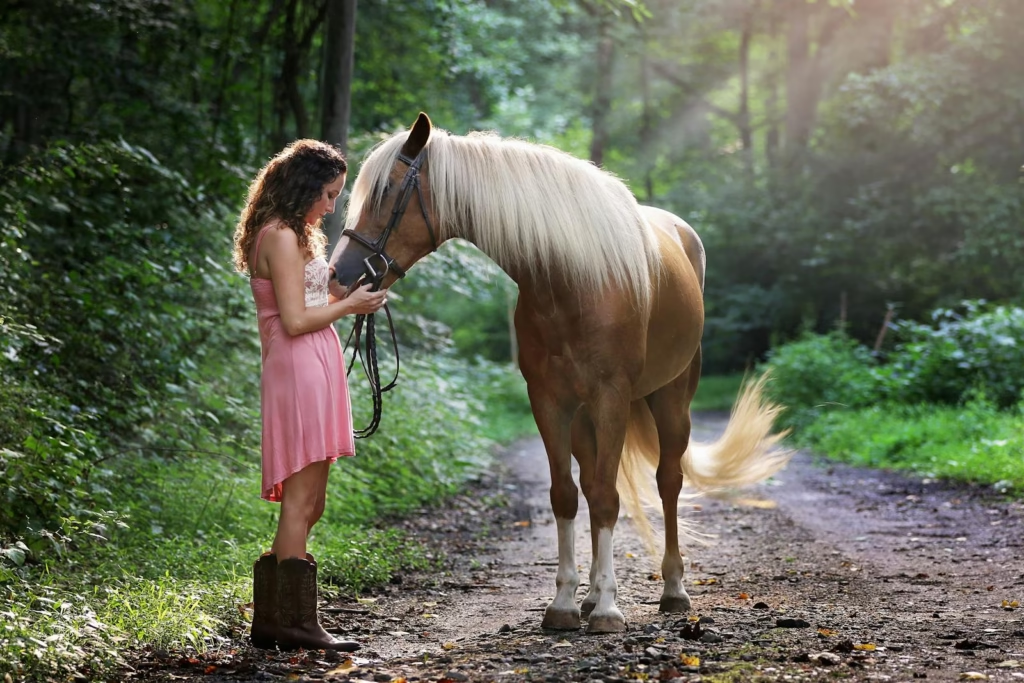
In the country, anyone who sticks out from the norm is more visible.
For a group that associates visibility with vulnerability—I’m thinking of queer people but also women and people of color, including immigrant workers whose labor feeds America—being visible does not always feel safe.
When we’re not sure how we’ll be perceived it’s tempting to hide. When we see religious billboards, Trump signs, pickup trucks with American flags and gun decals, it’s tempting to hide. When we feel the hairs on our neck tingle or sense eyes following us down the street, it’s tempting to hide.
I want to balance honoring safety with asking ourselves, well then how do we make it safe? How do we make these spaces safe for us, whether we’re passing through on a road trip or putting down roots?
“Not setting foot in them ever” doesn’t feel like the answer to me, even if many of these states have laws that put targets on our backs, and I’m personally not interested in making a visit right now.
When we focus on all the scary stuff, we overlook all the great things about rural communities.
I ditched the city and moved to upstate New York for my mental health. I’d become increasingly anxious and isolated, worn down by Boston traffic and aggressive drivers. I’d take a walk hoping to unwind and wind up witness to a screaming match about parking spaces. My attempts to decompress got me more tightly wound with every passing day.
I chose where I live for access to nature—hiking trails and water for kayaking. I picked it for the proximity to NYC, figuring I’d go down for cultural stuff, but the funny part is, I only pass through on my way to the airport.
Where I live, I can choose a different hiking trail near me every weekend and not repeat. The hobbies I’ve picked up, like kayaking and mushroom foraging, keep me physically and mentally healthy.
I like living in the country. It’s made me softer and more empathetic, and the lower cost of living nets me more money to spend traveling around. I visit cities and I’m able to enjoy them because of the slow pace of life, quiet and peace that now fills my days.
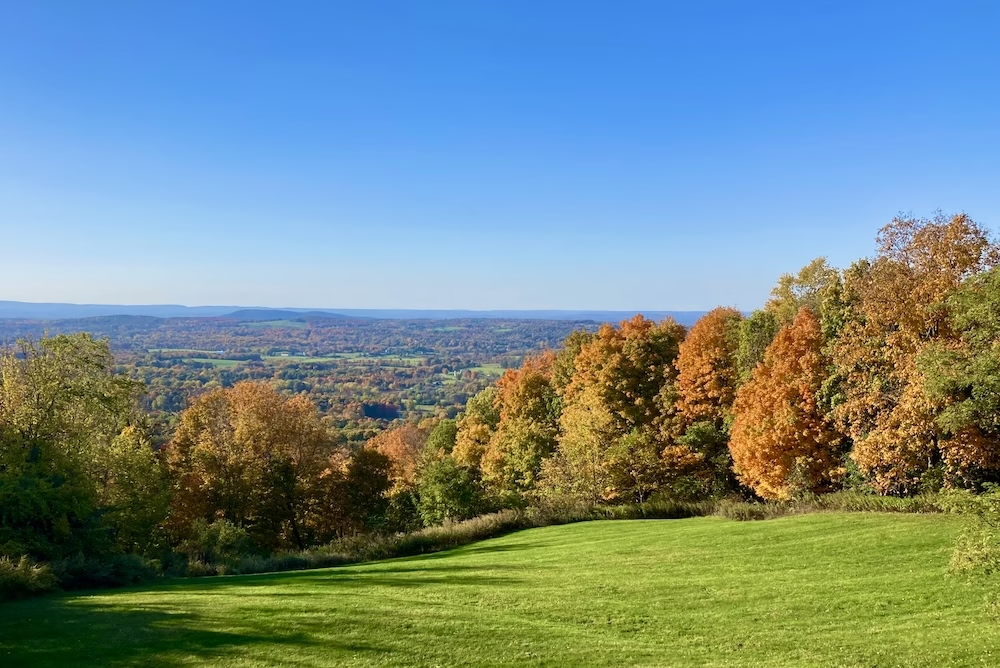
I’m not the only county queer to find the charm of the country.
Around 3 to 5 percent of rural adults identify as LGBT. So do 10 percent of rural youth. (data source: Movement Advancement Project). That’s around 3.8 million people.
There are a lot of queer people living in the rural spaces and red states that get written off as flyover country.
Not all of us want to move to the big city.
City life can feel lonely, without the charm of small towns. The promised inclusivity, romance and big friend group energy may never materialize, or it may dissipate as people settle down or raise families.
Queer people enjoy rural communities for a variety of reasons. They like being near family or enmeshed in a community of neighbors, where everyone knows their names. They like being close to nature, away from hustle culture. They want to stay in rural places, not escape them.
You don’t have to uproot your life and move to the countryside to commune with nature. Planning vacations in rural areas is a way to decompress, sample the vibes, and reset your mental wellbeing.
It’s a way to get back in touch with nature—to watch the fireflies at night or look up at the stars urban light pollution blocks or go for a swim in a clear, cold lake—and with our own innate curiosity, awe and wonder.
